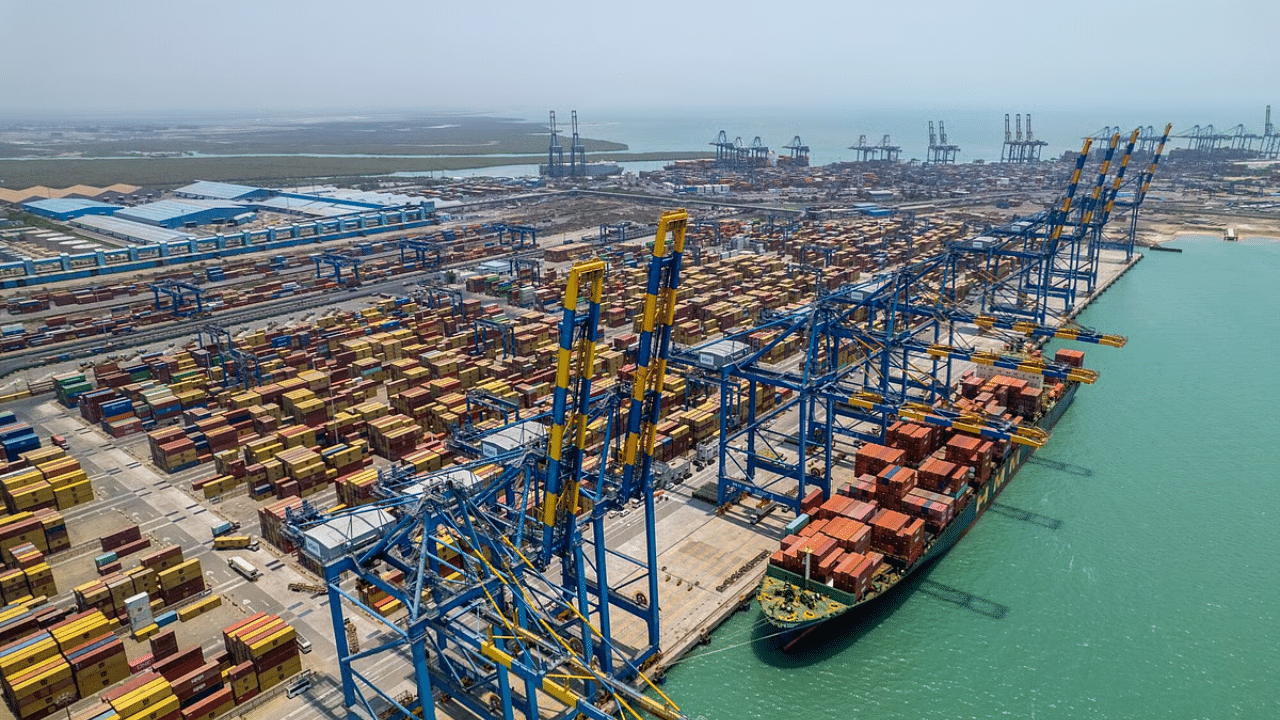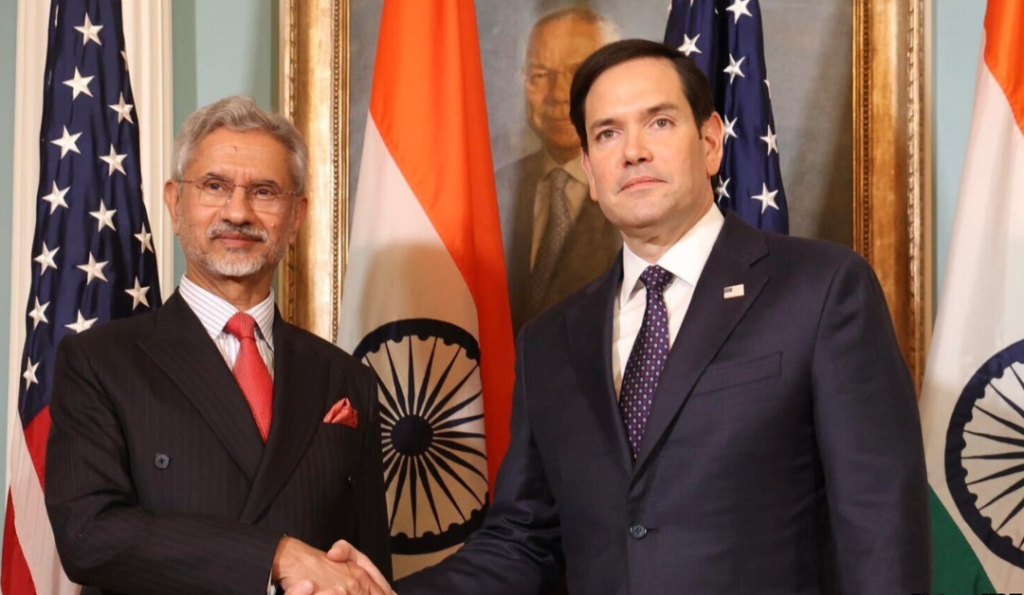India’s Strategic Move to Reduce Import Tariffs and Propel Manufacturing Growth

In a significant policy shift aimed at bolstering domestic manufacturing and enhancing global competitiveness, India is set to reduce import tariffs and phase out additional levies as its manufacturing sector gains momentum. This move aligns with the government’s broader strategy to integrate more deeply into global supply chains and attract foreign investment.
Streamlining Tariff Structures
The Indian government has undertaken a comprehensive review of its customs rate structure, simplifying and reducing tariffs to make trade more efficient. The elimination of multiple tariff rates has resulted in a more straightforward system, reducing compliance burdens for businesses. Additionally, the removal of multiple cess and surcharges on various imported goods aims to encourage a smoother trade environment.
Boosting Electronics Manufacturing
To strengthen the electronics manufacturing sector, the government has removed import duties on specific components essential for mobile phone production. This includes printed circuit board assemblies, parts of camera modules, and USB cables, among others. The move is expected to benefit major smartphone manufacturers, further solidifying India’s position as a global hub for electronics production.
Securing Critical Minerals
Recognizing the importance of critical minerals for various industries, the government has also removed customs duties on waste and scrap materials such as antimony, cobalt, tungsten, copper, lithium-ion batteries, lead, zinc, and cobalt powder. This decision ensures that domestic manufacturers have a steady supply of essential raw materials. Additionally, the government is working on policies to recover critical minerals from mining by-products, strengthening India’s self-reliance in this sector.
Balancing Protectionism and Trade Liberalization
While India is taking steps to support its domestic industries, it is also committed to avoiding excessive protectionism. Reductions in import duties on high-end motorcycles and other goods reflect a strategic approach to liberalizing trade while ensuring that local industries remain competitive. The plan includes gradually phasing out tariffs in specific sectors as they mature, striking a balance between supporting local businesses and integrating with global markets.
Industry Reactions and Economic Implications
The recent budget has been widely appreciated for its balanced approach to strengthening rural infrastructure, manufacturing, and consumer spending. Key measures include tax relief for the middle class, increased access to essential drugs, incentives for electric vehicle production, renewable energy support, and enhancements in the agricultural sector. Industry leaders believe these measures will increase disposable incomes and drive consumer demand, further stimulating economic growth.






No Responses